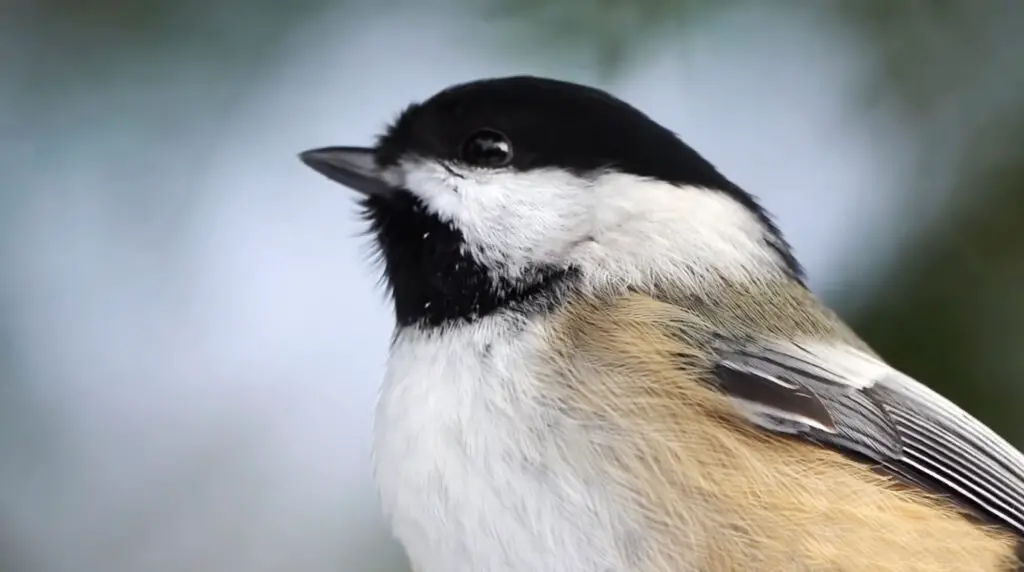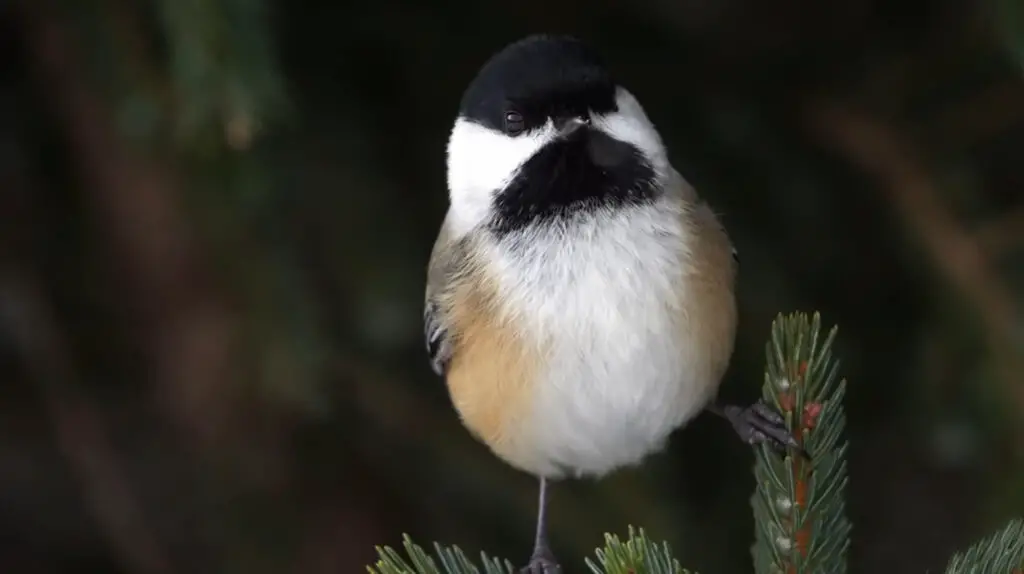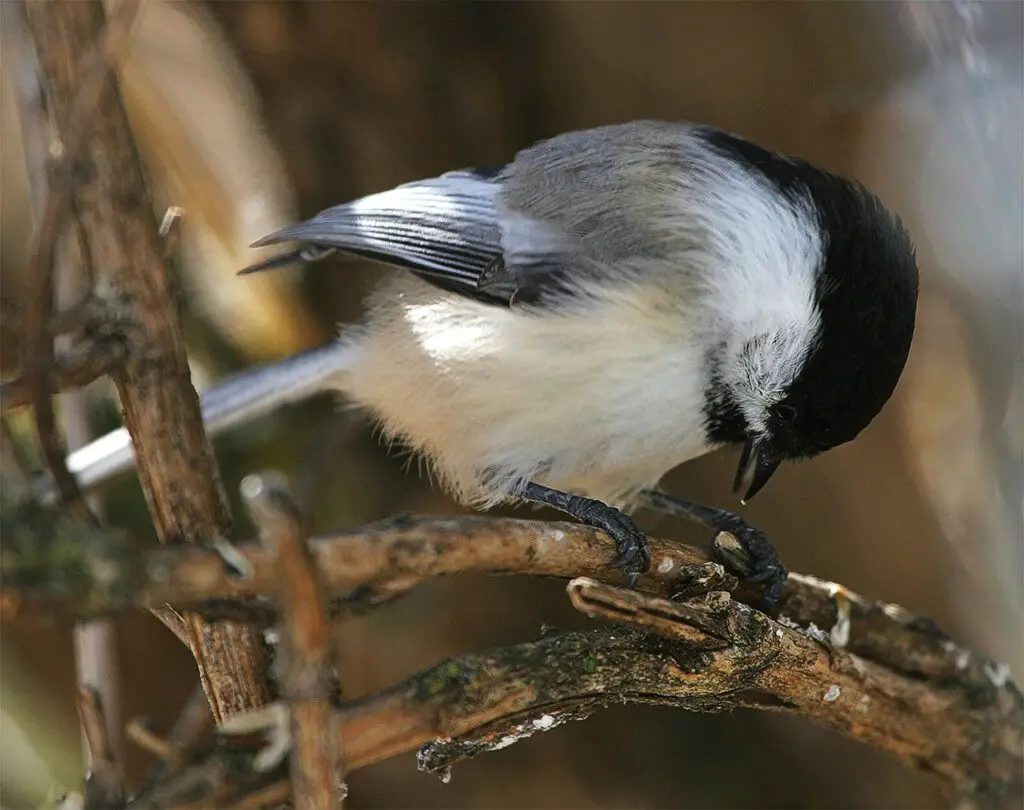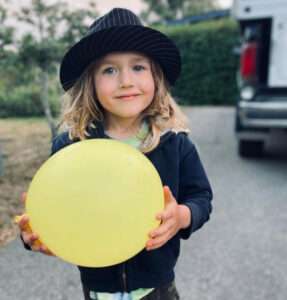A new study has revealed that black-capped chickadees follow a precise set of notes when warning each other of danger and can even identify correct from incorrect tones in the melody.

The amazing discovery was made after researchers from the Austrian Academy of Sciences in the city of Vienna, Austria, analysed how black-capped chickadees communicate between each other.
To their utter surprise, it turned out that the small North American songbirds put a great emphasis on the order of four different notes which they use in their calls.
Scientist Marisa Hoeschele from the Acoustics Research Institute of the Austrian Academy of Sciences (OeAW) said in a statement obtained by Newsflash: “We found that in the so-called chickadee calls of birds, which are used for example to warn of enemies, the order of the four notes used is always the same: Note A comes before B, B comes before C, and C comes before D.
“Individual notes can also be omitted or repeated, resulting in several hundred possible combinations that all follow the basic order.”
Hoeschele explained that black-capped chickadees use this simple four-note grammar to send different types of messages to their fellow species.
She added: “We know from another study, for example, that warnings about an owl at the end of the call repeat the D note very often, while less dangerous enemies don’t trigger as many repetitions.”
For the study the Austrian research team which was supported by Canadian experts put the songbirds in three different noise scenarios, with the first being mute.

The second, according to Hoeschele, included a loudspeaker that played chick-a-dee calls with correct note sequences, while the third had incorrect note structure played in the background.
The boffin said: “We could see a clear preference for the correct calls.
“This proves that the birds do indeed have categories for right and wrong sequences of notes.
“We generated the right and wrong note sequences so that possible preferences for natural calls cannot falsify the experiment.”
For the second part of the experiment, the researchers identified several difference is the birds’ language abilities by giving them rewards.
It turned out that the birds that showed a stronger preference for the correct sequence of notes in the first experiment, had learnt to signal the scientists more rapidly when exposed to the wrong calls.
Hoeschele added: “Wrong sequences of notes do not actually occur in black-capped tits, the birds always keep to the correct sequence by nature.

“However, some individuals seem to have a special talent for such language games.”
But the complexity of the black-capped chickadees’ language and the full details of the content that they communicate still remain a mystery, according to Hoeschele.
She said: “Besides the chick-a-dee calls, black-capped tits use a number of other calls, some of which are even more complicated and the rules of which we have not yet examined.
“It is also the case with other songbirds, parrots, whales, dolphins and elephants that the animals must first learn the correct sounds in order to be able to communicate.
“There are also some indications of grammatical rules in communication between conspecifics.
“The structures and content in the animal kingdom are probably not as complex as in human language, but research is only just beginning and there may still be a few surprises waiting for us.”
The study was published in the monthly peer-reviewed scientific journal Behavioural Processes in March 2023.



